Pen and iron gall ink Squared numbered from 1 to 9 in graphite, inscription I Stn XIII in pen at the top left
Small foxing Symbolist wooden frame with floral pelican decoration in embossed metal
Contemporary d 'Émile Signol, Gérôme, Robert-Fleury, Léon Bonnat, Paul Baudry, Gustave Boulanger, Gustave Moreau, Cabanel, Henner and Bougereau, it was in 1847, then aged nineteen, that the young man from Nantes arrived in Paris. Attending the École des Beaux-Arts under the tutelage of Hippolyte Flandrin, whom he assisted on his various projects between Paris and Nîmes, Delaunay was not officially admitted until the following year. From 1849 to 1856, the artist fiercely competed for the Grand Prix. It was at the fateful age limit of 30, which excluded him from the School forever, that he won it with his Return of Tobie. After ten years of Parisian life interspersed with stays in Brittany, Delaunay left Paris on January 8 and headed for Italy with the other laureates of the year. He travels, stopping in Lyon to copy the great altarpiece by Perugino, then discovers Genoa, Florence, Arezzo and finally Rome, where he stays for four years at the Villa Medici. The religious decorations of Delaunay have remained, until today, unknown, whereas the realizations of Flandrin in Saint-Germain-des-Prés or those of Jules-Eugène Lenepveu in Sainte-Clothilde meet today a new favor. However, the catalog of these great compositions is that of one of the most important painters of the years 1860-90. The rich corpus of sheets preserved at the Museum of Fine Arts in Nantes testifies to the number and variety of his public, religious or private commissions. This indicates all that Delaunay owes, not only to Flandrin, but also to the Florentines, from Giotto to Fra Angelico and Ghirlandaio. This debt to the great Italian fresco painters of the Renaissance certainly stems from his Italian training. The softness of the colors, the suppleness of the drape, the delicacy of the poses and the gentle harmony of the compositions of the quattrocento irrevocably seduce the young painters of the 19th century. Delaunay's religious art, inspired by a fervent faith, did not have to suffer from the stereotyped and repetitive Sulpician facilities. On August 10, 1844, the first stone of the Saint-Nicolas Church in Nantes was laid for reconstruction in the neo-Gothic style. The commissions Delaunay received for the building punctuated his career in Nantes. Our drawing, with its harmoniously incisive pen, is iconographically and technically similar to the sketches for the Altar of the Good Death, depicting the Entombment of Christ and the Resurrection of Christ. (Fig.1 and 2). If the bombings of 1945 seriously damaged the building, the frescoes signed by the artist in 1855 testify well to the Flandrinesque imprint on the style of Delaunay. Ill.2. Jules-Élie Delaunay, Study for the Resurrection, Chapelle de la Bonne-Mort at Saint-Nicolas, graphite mine, pen and iron gall ink on tracing paper laid down on paper, inv. 4174, MBA from Nantes. Photographic credit: Pauline Betton/Nantes Art Museum. The Lamentation, also called Lamentation, is one of the last episodes of the Passion of Christ. It is meditated on at the thirteenth station of the Way of the Cross and represents the dead body of Jesus after His descent from the Cross, before His burial (Luke, XXIII, 49). His Mother, the Holy Women, the Apostle John and often other characters who had previously been present at the foot of the Cross, such as Joseph of Arimathea, Nicomedes, and sometimes angels, are present there.



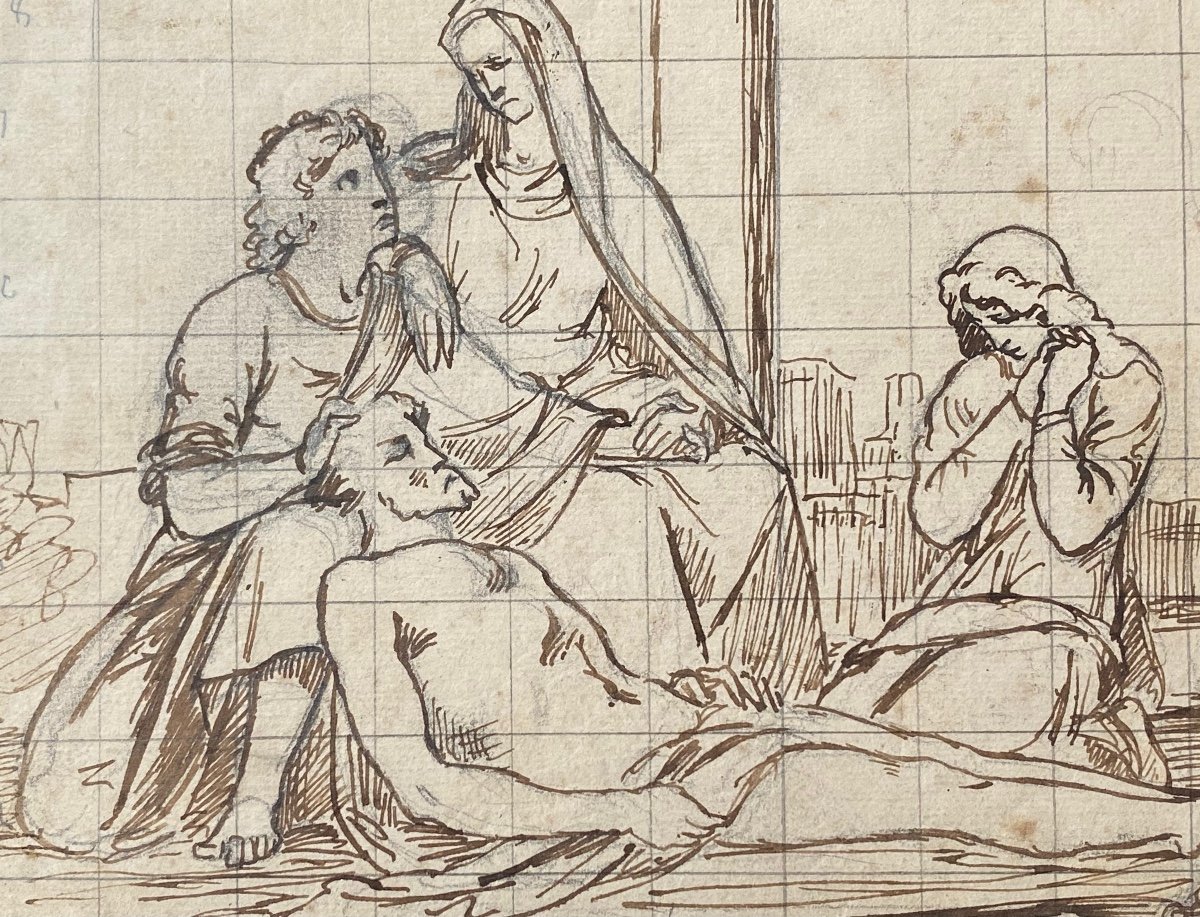


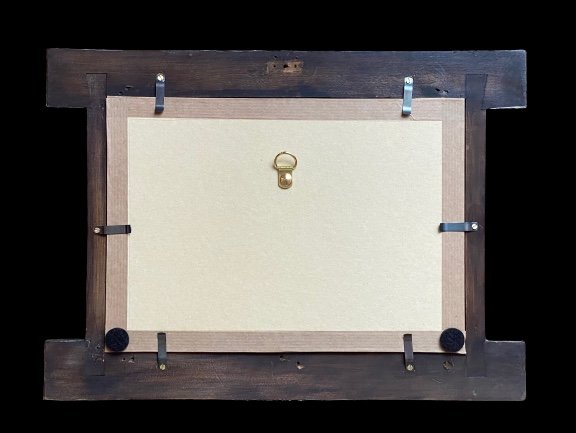


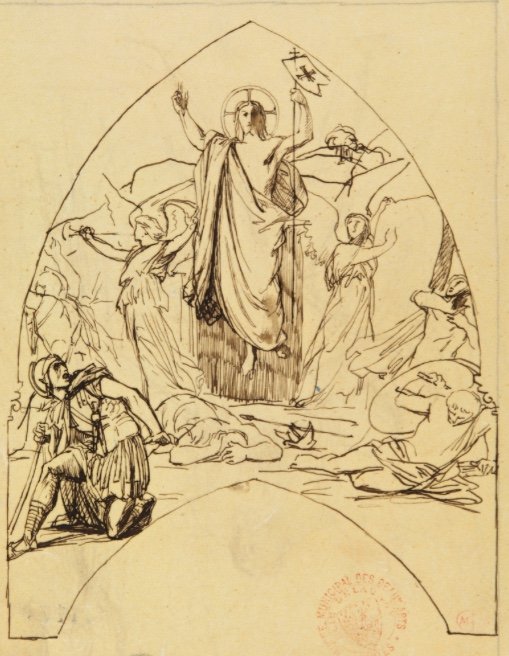

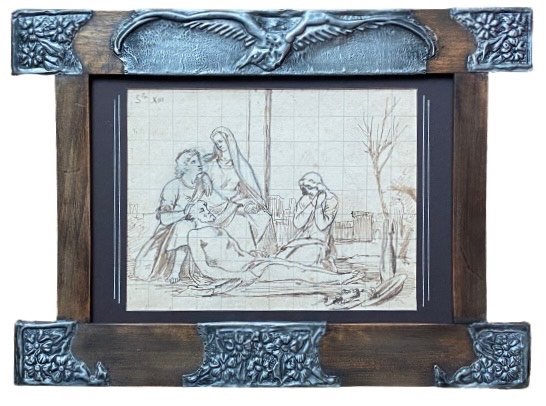
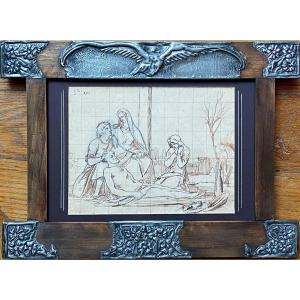










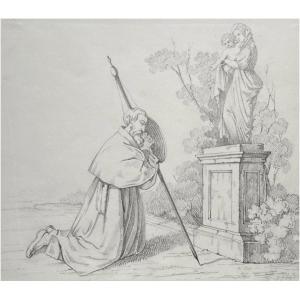
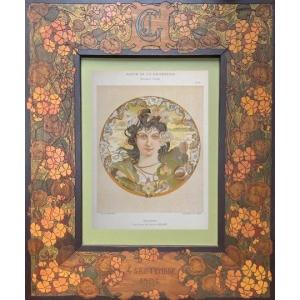


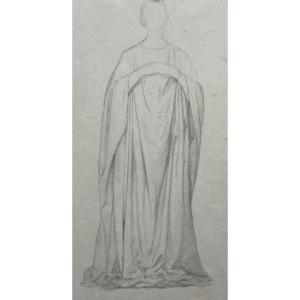
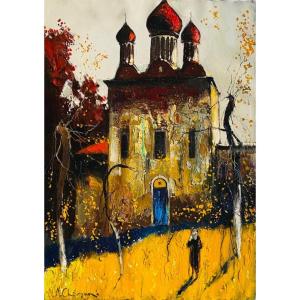


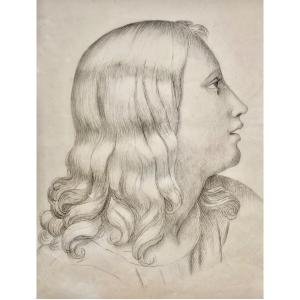

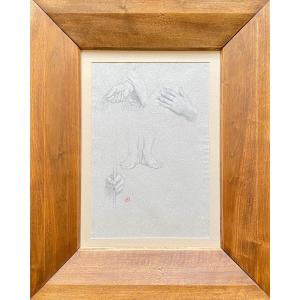
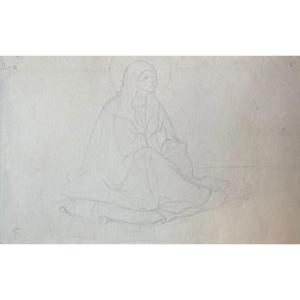

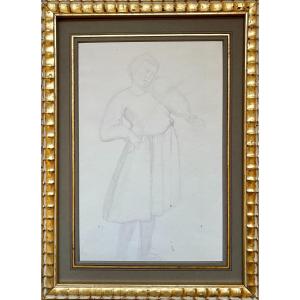


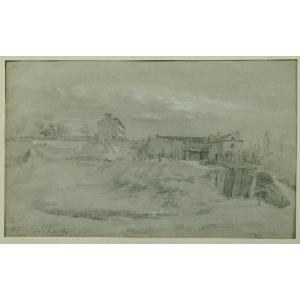
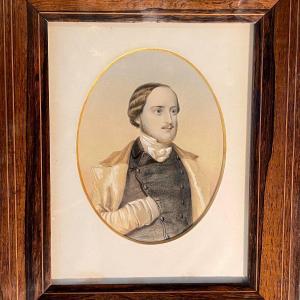
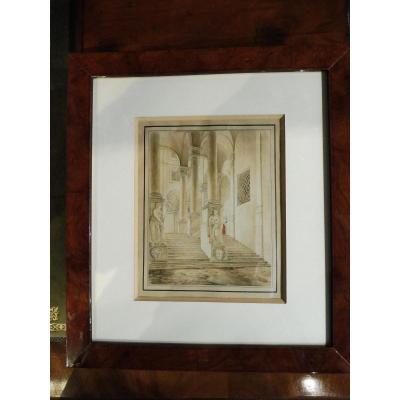




 Le Magazine de PROANTIC
Le Magazine de PROANTIC TRÉSORS Magazine
TRÉSORS Magazine Rivista Artiquariato
Rivista Artiquariato